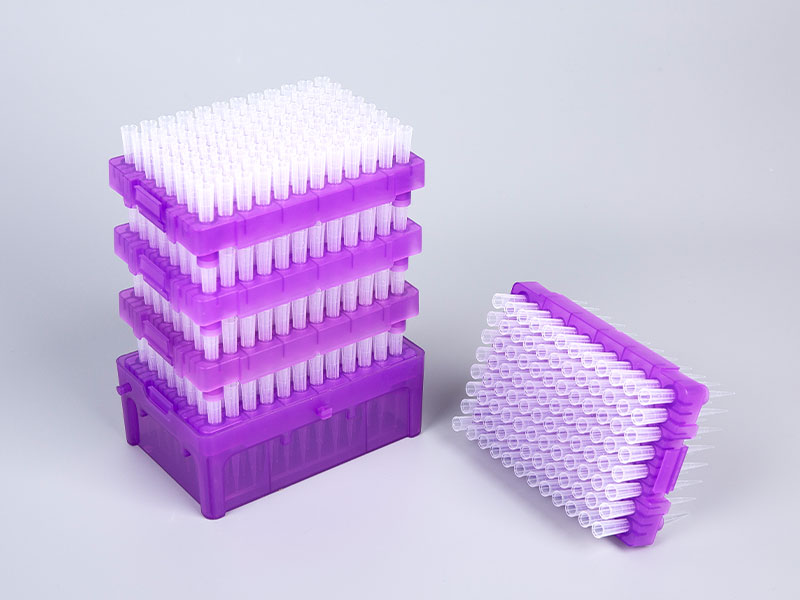The Impact of Material on Suction Tip Performance
The efficacy of liquid handling in laboratory settings hinges critically on the performance of suction tips. A key determinant of this performance is the material from which the tip is constructed. The material composition directly influences liquid retention, a crucial factor affecting sample recovery and experimental accuracy.
Polypropylene, a thermoplastic polymer, is the most common material used in the production of suction tips. Its widespread adoption is due to a combination of factors. Firstly, polypropylene exhibits excellent chemical resistance, making it compatible with a vast array of liquids and reagents used in laboratories. Secondly, it possesses a low coefficient of friction, ensuring smooth liquid flow and minimizing the risk of sample loss due to adhesion. Thirdly, polypropylene is readily sterilizable, a paramount consideration in maintaining aseptic conditions. Bioland™ universal tips are crafted from pure polypropylene medical-grade material, embodying these qualities to deliver reliable and precise liquid handling.

However, while polypropylene is an excellent choice for many applications, its hydrophobic nature can lead to liquid retention, especially when dealing with small volumes or aqueous solutions. To address this, manufacturers have developed low adsorption tips. These tips undergo specialized surface treatments to reduce the hydrophobicity of the internal surface. As a result, the interaction between the liquid and the tip material is minimized, leading to enhanced sample recovery. Bioland™ offers both standard and low adsorption tips to cater to the diverse needs of laboratories.
For particularly challenging samples, such as those with high protein or lipid content, alternative materials may be considered. For instance, fluoropolymers, known for their exceptional inertness and low surface energy, can significantly reduce liquid retention. However, these materials are generally more expensive and may have limitations in terms of flexibility and durability.
It is essential to recognize that the material of the suction tip is just one factor influencing liquid retention. Other variables, such as the tip's internal geometry, the viscosity of the liquid, and the pipetting technique, also play crucial roles. By carefully considering these factors and selecting the appropriate tip material, researchers can optimize sample recovery and ensure the accuracy and reliability of their experimental results.
The material of a suction tip is a critical determinant of its performance, particularly with respect to liquid retention and sample recovery. Polypropylene remains the gold standard due to its versatility and compatibility, but low adsorption tips and specialized materials offer advantages for specific applications. Bioland™ provides a range of suction tip options to meet the diverse requirements of laboratories, ensuring accurate and efficient liquid handling.
For more information, please call us at +86-0571-87993109 or email us at hzbioland@126.com.
Aseptic vacuum filters, like Bioland™ disposable vacuum filtration units, are designed for high-effi...
Whether used in the food hygiene industry, water monitoring, or research labs, selecting the right m...
Narrow-mouth reagent bottles are essential tools in laboratories, offering precise storage solutions...
In laboratory diagnostics, particularly in PCR (Polymerase Chain Reaction) testing, efficiency is pa...
When working with the Bioland™ Cell Shaker, one of the most crucial factors in ensuring successful c...
Polymerase chain reaction (PCR) is one of the most vital techniques in molecular biology, allowing s...

 中文简体
中文简体 English
English Español
Español русский
русский











